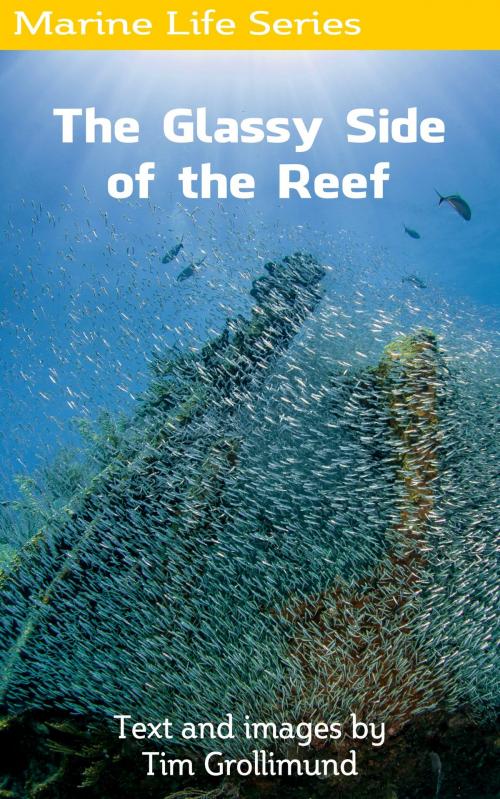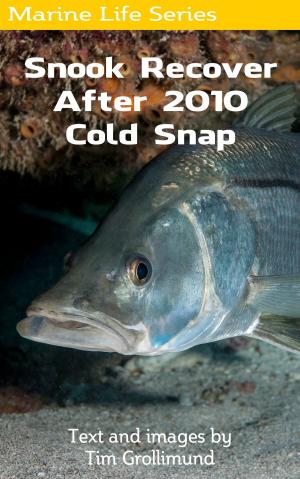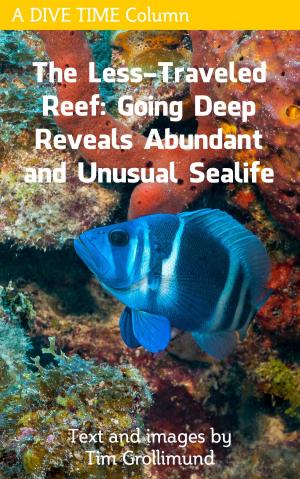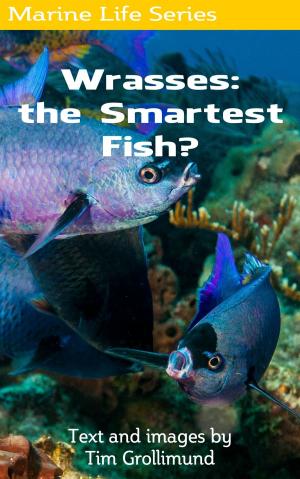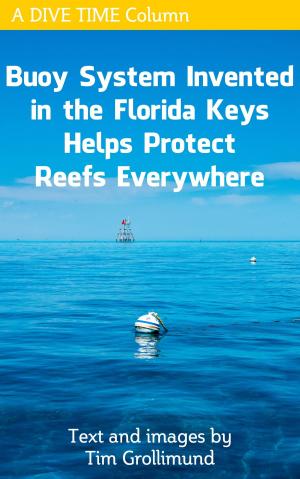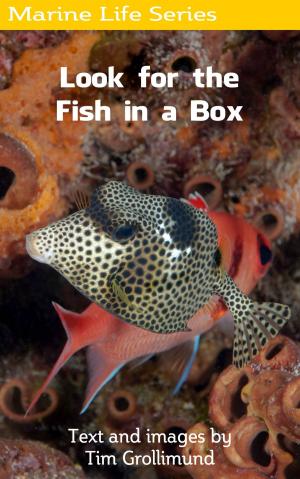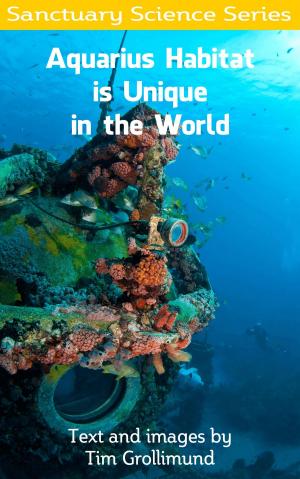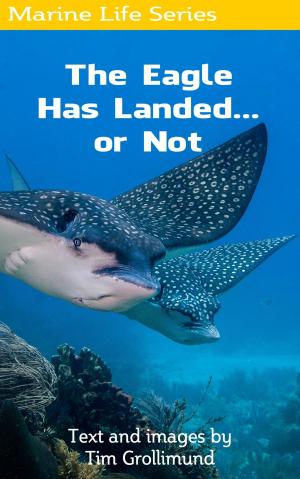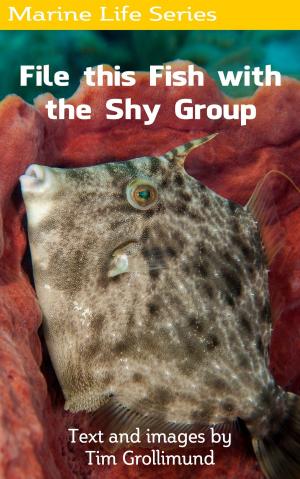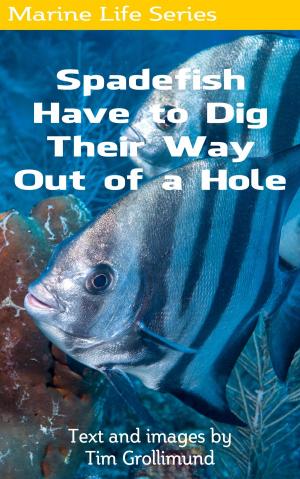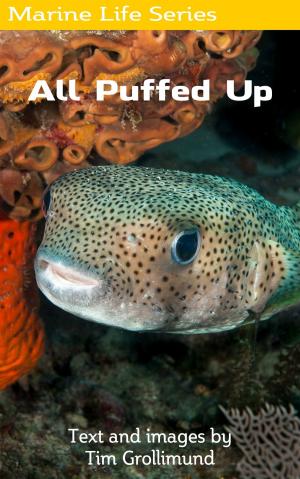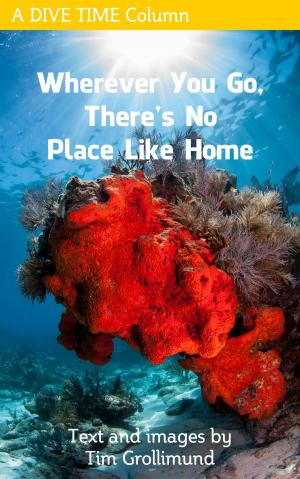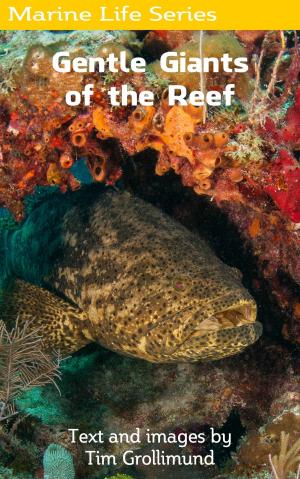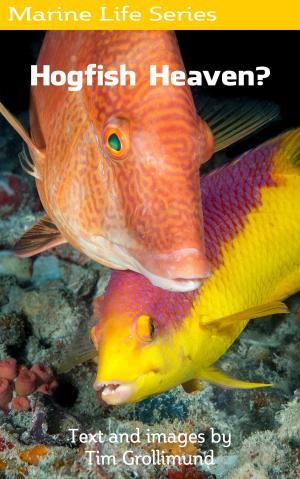| Author: | Tim Grollimund | ISBN: | 9781370467501 |
| Publisher: | Tim Grollimund | Publication: | May 27, 2017 |
| Imprint: | Smashwords Edition | Language: | English |
| Author: | Tim Grollimund |
| ISBN: | 9781370467501 |
| Publisher: | Tim Grollimund |
| Publication: | May 27, 2017 |
| Imprint: | Smashwords Edition |
| Language: | English |
"As Dr. Kelble points out, the variability of salinity levels in Florida Bay is incredibly important to the food chain. What does this have to do with minnows? Well, everything. He examined the relationship between mesozooplankton, salinity and bay anchovies.
What follows is a massive oversimplification of his work, but after spending quality time last weekend with his dissertation, I think it’s important to try to distill this to terms even I can understand.
He begins with a history of salinity changes going all the way back to the effects of the overseas railroad. Next he covers the canal system that was built in south Florida during the land reclamation projects to enhance the agricultural base in the region. He finalizes the backdrop with a discussion of the ecological implications of CERP.
The ecological implications center on the the relationship between salinity, mesozooplankton and bay anchovies. He demonstrates that future changes in salinity levels - lowering the salinity by raising the freshwater flow into the bay - could have significant effects.
Here’s why: the bay anchovies that feed on the mesozooplankton prefer lower salinity over higher salinity. So if CERP begins to significantly lower the salinity, more anchovies will eat more mesozooplankton. Less mesozooplankton will be around. They eat phytoplankton, which is a good thing, since phytoplankton are the culprits in algae blooms, which CERP also wants to reduce. But if there are less mesozoos feeing on phytos because there are more anchovies, we’ve got a problem. Wow, what a circle!"
"As Dr. Kelble points out, the variability of salinity levels in Florida Bay is incredibly important to the food chain. What does this have to do with minnows? Well, everything. He examined the relationship between mesozooplankton, salinity and bay anchovies.
What follows is a massive oversimplification of his work, but after spending quality time last weekend with his dissertation, I think it’s important to try to distill this to terms even I can understand.
He begins with a history of salinity changes going all the way back to the effects of the overseas railroad. Next he covers the canal system that was built in south Florida during the land reclamation projects to enhance the agricultural base in the region. He finalizes the backdrop with a discussion of the ecological implications of CERP.
The ecological implications center on the the relationship between salinity, mesozooplankton and bay anchovies. He demonstrates that future changes in salinity levels - lowering the salinity by raising the freshwater flow into the bay - could have significant effects.
Here’s why: the bay anchovies that feed on the mesozooplankton prefer lower salinity over higher salinity. So if CERP begins to significantly lower the salinity, more anchovies will eat more mesozooplankton. Less mesozooplankton will be around. They eat phytoplankton, which is a good thing, since phytoplankton are the culprits in algae blooms, which CERP also wants to reduce. But if there are less mesozoos feeing on phytos because there are more anchovies, we’ve got a problem. Wow, what a circle!"
